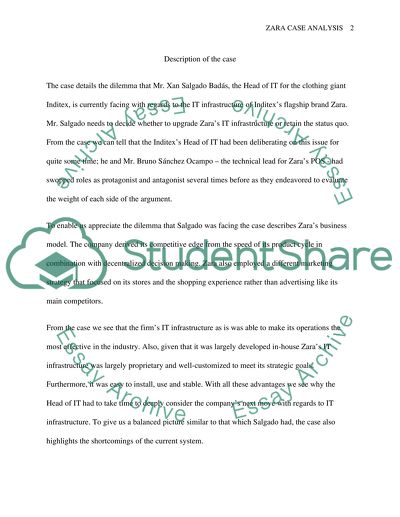Cite this document
(“Zara Case Analysis Research Paper Example | Topics and Well Written Essays - 2750 words”, n.d.)
Retrieved from https://studentshare.org/family-consumer-science/1416501-zara-case-analysis
Retrieved from https://studentshare.org/family-consumer-science/1416501-zara-case-analysis
(Zara Case Analysis Research Paper Example | Topics and Well Written Essays - 2750 Words)
https://studentshare.org/family-consumer-science/1416501-zara-case-analysis.
https://studentshare.org/family-consumer-science/1416501-zara-case-analysis.
“Zara Case Analysis Research Paper Example | Topics and Well Written Essays - 2750 Words”, n.d. https://studentshare.org/family-consumer-science/1416501-zara-case-analysis.


